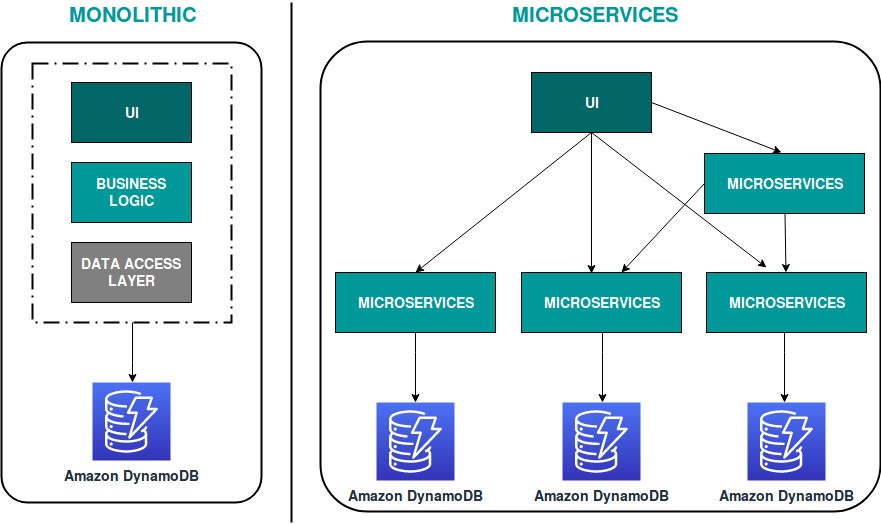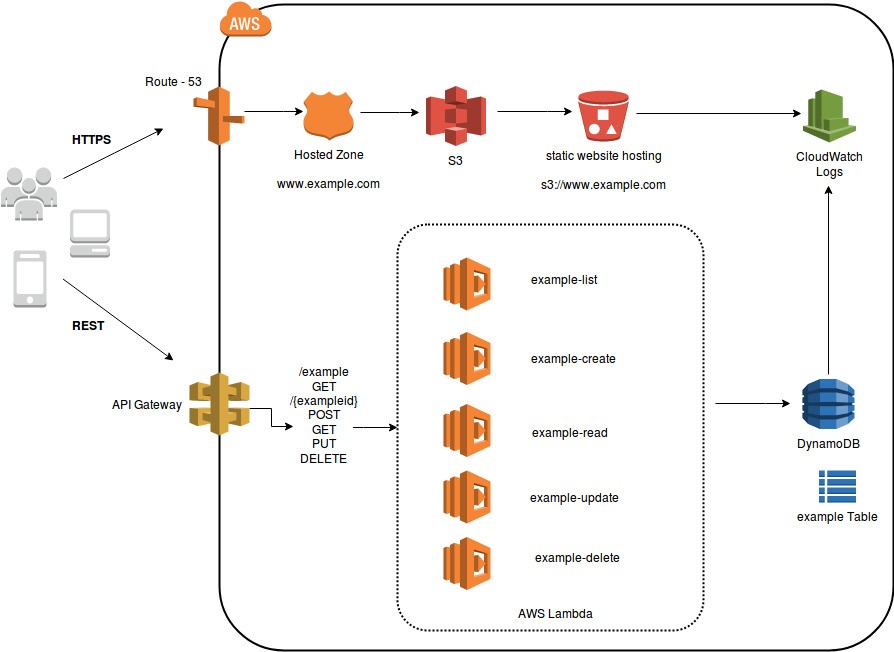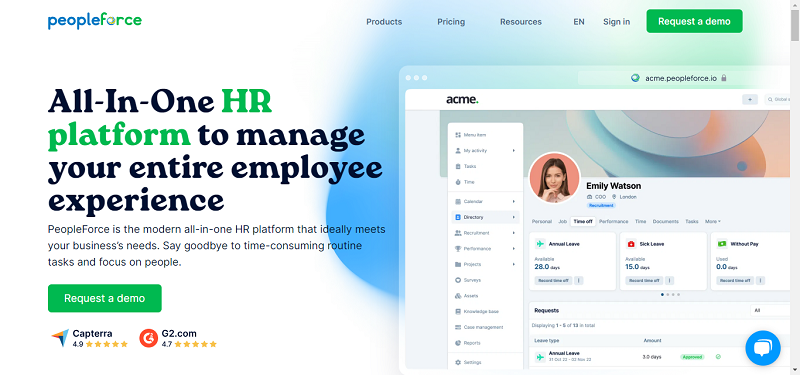Microservice is an architectural approach for softwares that are designed to speed up development cycles and support scalability. In this approach, software is composed of small independent services that communicates over well-architected APIs.
In monolithic architecture, all the components are tightly coupled and run as a single service. Here, the entire architecture has to be scaled if any one component of the application experiences a spike in demand. This architecture type increases the difficulty level to implement new ideas in the application.

In Microservices architecture, each component is a small application that has its own hexagonal architecture. It is an architectural style that structures an application as a collection of services that are loosely coupled and independently deployable.
Independent
Decentralized
Autonomous
Black Box
Quality
Scalability
Easy Development
Resilience
Migration
The Process of migration from a Monolithic architecture to Microservices architecture is complex and requires to release code dependencies going down to the database layer.
Testing
In a Microservices environment, testing is complex due to different services and their integrations.
Monitoring
In Microservices architecture application is broken down into small components. It is difficult to find the root cause of the problem when something goes wrong because issue may not lie within the component that fails, but a dependency.
The diagram below shows the Serverless Microservices architecture where the complete solution is built without managing any server. This also eliminates the operational efforts of running and monitoring the servers.
Lambda will handle everything required to run and scale the execution to meet actual demand with high availability. Lambda supports several programming languages and it can be called directly from any web or mobile applications.

In the architecture diagram, Lambda is integrated with API Gateway. Synchronous calls from API gateway to AWS Lambda enables the application to operate as serverless. AWS Lambda will store all the data in a fully managed NoSQL database called DynamoDB and all the static data will be stored in S3 Bucket.
It can be said that Microservices architecture is designed to overcome the challenges of traditional monolithic architectures seen in enterprise applications. It allows collaboration between operations and development teams of any organization leading to devops and is a preferred choice nowadays.
AWS offers multiple managed services that can help engineers build Microservices architectures and minimize architectural and operational complexity.
By Aarti Parikh





